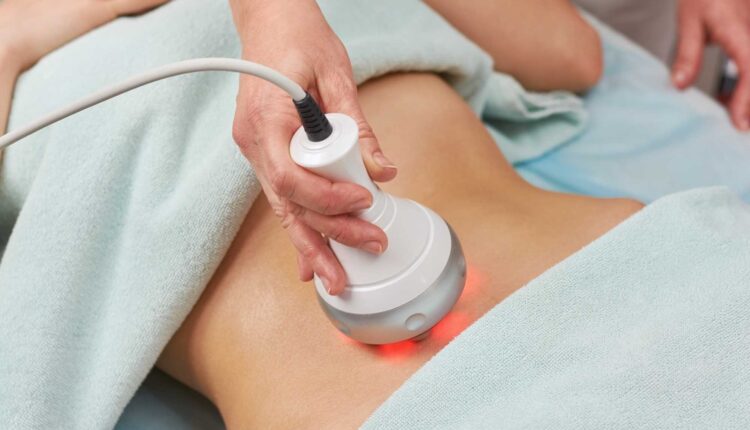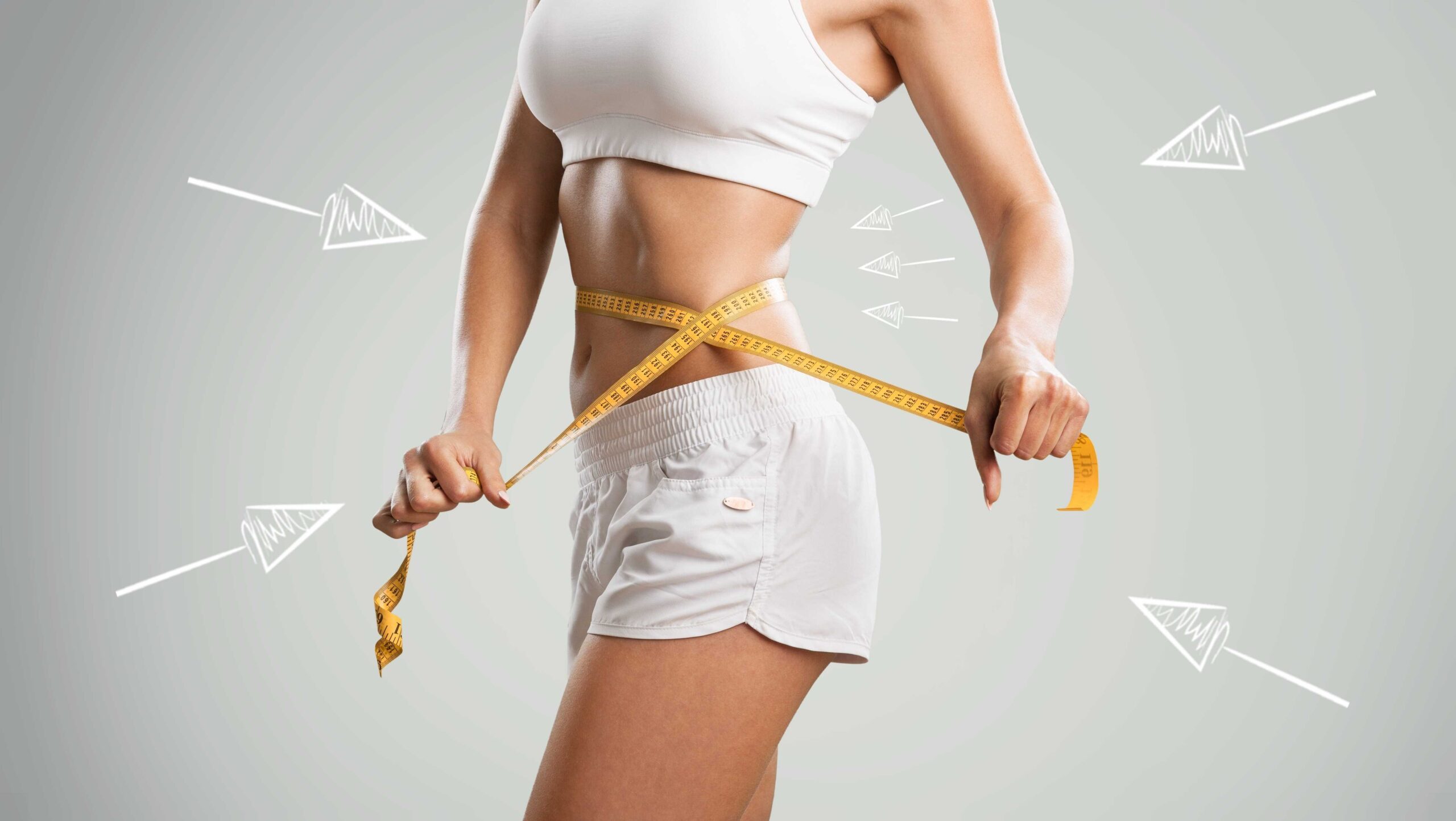Table of Contents
You likely desire to have a svelte physique or, at the very least, a well-defined shape. Who doesn’t? Looking and feeling your absolute best can significantly make a great impact on your confidence.
However, achieving a curved or slender body figure is challenging for some people. While it may not be a life-or-death situation, it can bring self-doubts and frustration. If this continues, it could eventually affect your self-esteem and mental health. In fact, around 20% to 40% of women are unhappy with their body image, according to the National Library of Medicine.
Fortunately, you can put all these worries behind you and appear with a brave face. Body contouring is here to help you reinvent yourself.
Now, let’s discuss body contouring and its different methods.
What is contouring?
Contouring, also known as body sculpting, is a cosmetic procedure that helps reshape or redefine the body’s silhouette. Using different techniques, it may reduce or eliminate excess fat, tighten loose skin, and improve muscle tone.
The main goal of body contouring is to accentuate your natural curves and give you a more sculpted look. The result can last for a few months or even years, depending on your chosen contouring method.
Which contouring method is best for you?
There are several types of body contouring. Here are some common procedures you can consider:
Laser liposuction
If you’re thinking about liposuction, wherein cutting and stitching are involved, it’s not. Laser liposuction is a gentler version. It uses laser energy to break down fatty tissues and remove them from your body. This treatment suits small to moderate fat removal in the chin, arms, waistline, and hips. Like traditional liposuction, you might require wearing compression garments for several weeks to help your body adjust to the new shape.
Ultrasound cavitation
You can also try ultrasound fat cavitation to reduce the appearance of stubborn fat. During the procedure, a specialist uses high-frequency sound waves to disrupt the fat cells. The body then naturally eliminates these cells over time. This method is best in body areas with larger fat accumulations, such as love handles or muffin tops.
Radiofrequency contouring
Radiofrequency (RF) contouring has become popular in recent years for its ability to contour your body while tightening the skin. RF energy is delivered through a handheld device, which produces heat and penetrates deep into the tissue. This therapeutic heat helps produce collagen and elastin, which may give you firmer and younger-looking skin.
Based on a study, this RF contouring is believed to be safe and effective. About 90% of women experienced fat reduction after the treatment. Moreover, scientists and researchers are still exploring the possibilities of this method and its long-term effects.
Cryo-lipolysis
Another non-invasive option is cryo-lipolysis, commonly known as “fat freezing.” It’s done using a device that cools down the fat cells to a temperature that damages them. Then, the damaged cells are processed by your body and eliminated through natural waste channels. Cryo-lipolysis may help reduce stubborn pockets of fat in areas such as the stomach, hips, and thighs.
The results typically become visible after a few weeks, but it may take up to six months or more before you see the full effects.
Injection lipolysis
This body contouring procedure is known to be one of the least invasive lipolysis treatments. It involves injecting an enzyme called phosphatidylcholine into certain areas, such as the thighs, upper arms, or abdomen. This enzyme reduces fat cell volume and improves the skin’s texture. This method only takes around 20 to 30 minutes per session—a much shorter time than other body contouring treatments.
Abdominoplasty (tummy tuck)
While the previous procedures are mainly used to reduce fat, abdominoplasty or “tummy tuck” focuses more on tightening loose skin. This is especially beneficial if you’re looking for more extreme results, as your surgeon will remove excess skin and fat in the abdominal area.
Abdominoplasty is ideal for those who’ve experienced massive weight loss or had children since it can repair stretched or separated abdominal muscles.
Red Light Therapy:
Red light therapy, also known as low-level laser therapy (LLLT) or photobiomodulation, offers several potential benefits in body sculpting. When applied to targeted areas of the body, red light therapy stimulates cellular activity, which can promote collagen production, increase blood circulation, and enhance the breakdown of fat cells. These effects can aid in reducing the appearance of cellulite, tightening the skin, and assisting with the contouring of the body.
With all this information, it’s important to consult with experienced contouring specialists or surgeons to determine which procedure would work best for you. They can discuss the risks and benefits of each treatment, as well as what kind of outcomes you can expect.
But how do you know you’re working with a reliable and qualified professional? Below is your checklist.
How to choose the right contouring professional
Market research analysts anticipate the global body contouring industry to reach USD$1.19 billion by 2030 at a compound annual growth rate (CAGR) of 14.02%. That means more business-minded professionals are entering the field.
For this reason, it’s essential to be careful when choosing a contouring specialist. After all, the success of the sculpting procedure relies heavily on the skill and experience of your chosen professional.
To help you out, here are the top qualities a contouring professional should possess:
Licensed and board-certified
The aesthetic medicine industry can be wild and unregulated. It’s essential to find someone who’s licensed and certified in the field. You can also check if they’re accredited or members of reputable organizations such as The American Board of Cosmetic Surgery or the American Society of Plastic Surgeons. Holding these certifications means they’ve passed rigorous tests and met stringent requirements.
Team of skilled specialists
The ideal body contouring team should consist of experienced and qualified professionals. This includes nurses, anesthesiologists, and other certified surgical staff. Your safety is at stake, so ensure you find a team with an impeccable track record.
Latest technology
Every contouring procedure requires equipment and devices, from lasers to ultrasound machines. Ensure your chosen provider is well-equipped with the latest technology and uses safety guidelines when operating the equipment—the more advanced the technology, the better and safer the outcome.
Quality patient care
Your journey should always begin with a personalized, seamless consultation. Your doctor should take the time to listen to your concerns and assess your needs. They must also be able to walk you through every step of the process, from diagnosis to post-op recovery. A reliable specialist must prioritize your safety and satisfaction.
Choosing the right contouring specialist requires consideration and research. However, the qualities listed above can help you in your quest to find a trusted professional.
Empower yourself with contouring
Now, you may be uncertain whether or not body contouring is the right choice for you. But what matters most is that you’re comfortable with your decision, and it comes from a place of willingness.
Of course, it’s natural to feel hesitant or fearful when considering such a big change. But once you find the right professional and equip yourself with knowledge, you’ll realize the potential for a body transformation. Get on the path toward loving your body more and embrace the shape of a new you.



